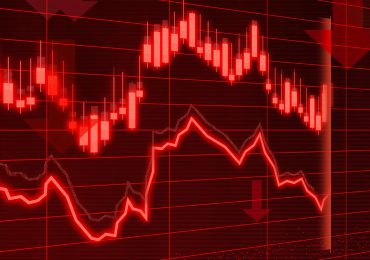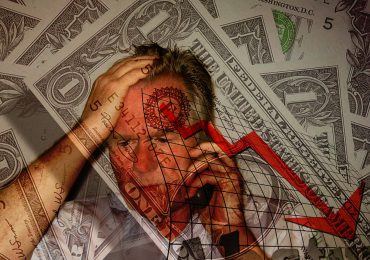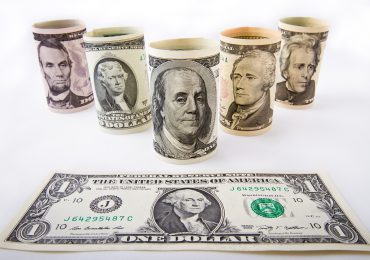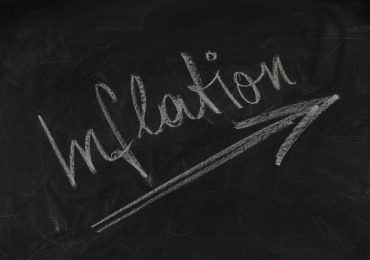Using the research of Jeremy Siegel, Peter Brimelow and Edwin Rubenstein write on MarketWatch that stocks “can’t go all that much lower before getting to unsustainable depths”.
The duo — who back in February 2007 wrote that stocks couldn’t get much higher before reaching unsustainable heights — periodically study how short-term market data compares to the 7 percent per year real return that Siegel found the market has produced with remarkable long-term consistency for the past two centuries. Their latest finding: “In two centuries, Siegel’s year-end data has never shown the stock market further below trend than it is today.”
Brimelow and Rubenstein say that historic bear market bottoms come when the market is about 40 percent below the long-term trend line Siegel noticed. In 1981, it bottomed after going about 40 percent below trend; in 1974 the bottom came at 41 percent below trend; and in 1932, after the Great Depression, the market bottomed 42 percent below the long-term trend level. Now, “adjusted to Jan. 14, Siegel’s broad measure of stocks is now down … to 43.1 percent below trend,” Brimelow and Rubenstein write. Their conclusion is essentially the inverse of what they said back in February of 2007 when they indicated there wasn’t much more room for the market to rise:
“Stocks are now (finally) low by historic standards. They can move sideways or go lower, perhaps by quite a lot. But they can’t go all that much lower before getting to unsustainable depths. And, someday, they have to go up.”
Exactly what Brimelow and Rubenstein mean by “all that much lower” isn’t clear, however; be aware that back on Oct. 23, when the S&P 500 was around 8,500, they made similar comments. The index then lost another thousand points or so in the next four weeks — but it did bounce back quickly and has remained in the 8,000-9,000 range for the past two months.








